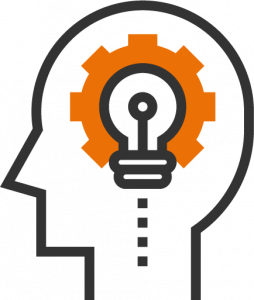For quite some time, we’re involved in several agile projects. At confirm IT solutions, we love to be as agile as possible. We do everything to support agile methodoligies. We also support and work in agile enterprise teams, especially for automation and DevOps topics.
Using agile methods in small teams, such as ours, is relatively straight-forward. However, introducing the same agile methods in those big enterprise organisations is a quite different story. Going down the “agile road” in enterprise environments can be frustrating and stretching your nerves to a whole new level. Trust me, been there, done that 🙂
In these series of blog posts I’d like to share my personal experiences with agile transformations and SCRUM. I’ve started to document the agile Dos and Don’ts about a year ago. Today I’d like to share them with the world. You might think I’m opinionated – yes I am, because of reason 😉 Said that, the writings are inspired by myself, our team, friends, office colleagues and customers.
I’ve gathered notes over a year, so prepare for a lot of blah blah. For all the tl;dr guys, I’ll try to highlight the verdicts of each chapter.
Missing mindsets

When talking about agile methodologies, the mindsets are essential. People often think there’s a single “magic” agile and/or DevOps mindset. However, I think there are three mindsets which play an important role:
Obviously, there’s the agile mindset, which is important to design, improve and focus on agile practices. It helps to get rid of the traditional waterfall methodoligies and aim for a more dynamic approach. This is an important mindset for every SCRUM master, but I’ll come back to that in another post.
Then there’s the customer mindset, which basically helps to ensure that the customer gets what he really asks for. Keeping focused on customer needs, costs and deadlines are the most important characteristics of this mindset. Every product owner should’ve such a mindset. Again, I’ll write about that in another post.
Finally, there’s the production / operations mindset, which is striving for properly designed products. The mindset is not only important to maintain a high-quality, but also in regards of operational tasks, such as maintainability, monitoring and logging. It’s quite evident that this mindset is a must for every developer.
Now, to achieve the goal of an agile team, every single mindset is required. If a team is only lacking one of them, agile techniques will not work.
Verdict:
The mindsets are the most important concepts in an agile team. All of them need to exist in a team!
Source link
